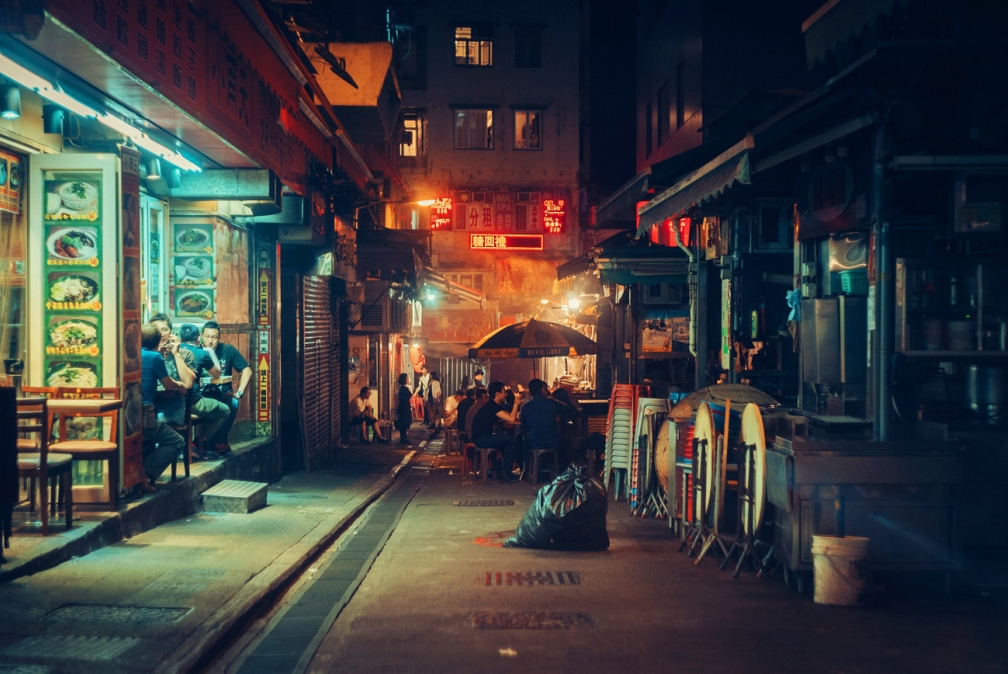 Features
Features
Joris Voorn: "Hong Kong is my second home. Hong Kong is the future."
We met the Dutch DJ in Hong Kong, chatting about his love for the city he was born in, photography and his upcoming project
Hong Kong is certainly a city that is always changing, with massive cranes towering over already erect skyscrapers, which hugely overshadow the city’s human presence. The fact that smog often envelops the city and makes your lungs choke, not far off from the way a blunt would pushing out of a glass bowl in one of Amsterdam's famous coffee shops, is the proof of the city’s swift industrial development.
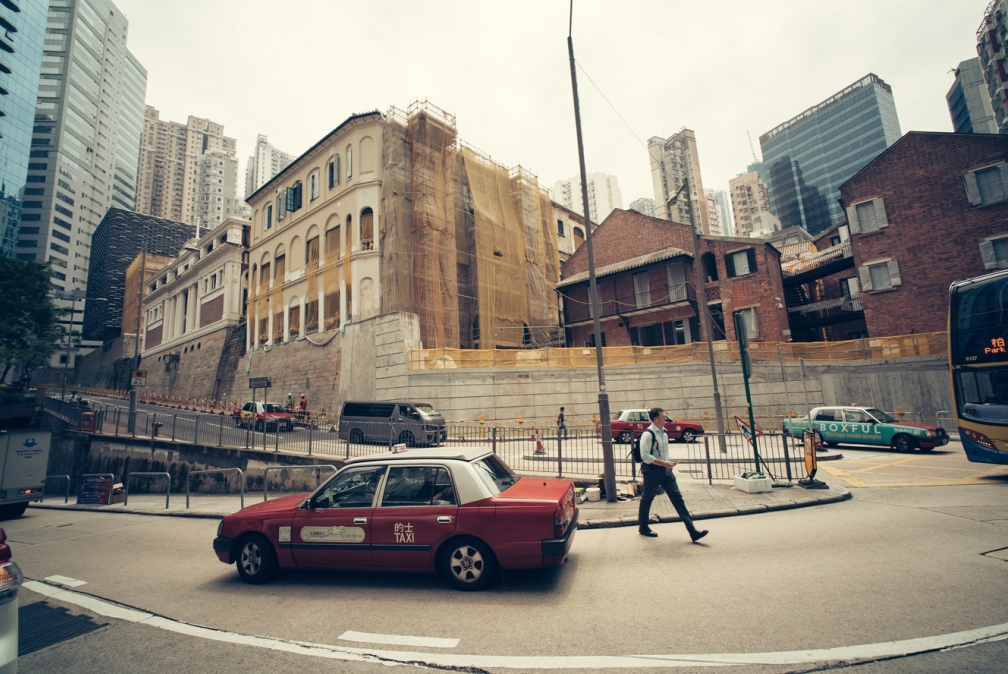
Joris adds that the city has a unique upwards-architectural style, in comparison with Europe where everything is built to expand horizontally. In Hong Kong, he says, everything is expanding vertically. I ask him if after all these years he feels that Hong Kong’s electronic dance music scene has also expanded because although the city is one of the leading megacities on the planet, many would reasonably argue that in terms of music the audience’s ear is quite different than in Europe and that the scenes are hardly comparable.
Amsterdam’s leading music fabricator agrees: “Especially for the music I make the local scene here is very small, there is not much of an underground [scene] going on, it is mainly mainstream clubs. I think this is because, especially in Central, it’s corporate and very business oriented. There are not many young people actually living here.”
He continues: “Also, I don’t play mainstream music. That would be a mismatch for me. For my kind of music [Hong Kong] is a real challenge but slowly this place is becoming more underground. I think there is always some space, but it’s small if you compare it to Europe.”
But this limitation hasn’t really affected Joris.
“In a place like Hong Kong where not many international DJs are visiting, especially playing my kind of music, they treat you really well. To listen to the music I make you need to be a little more aware of music [in general] and if you are listening to EDM, it is really difficult to understand underground music. I do not play very difficult to the ear music but still it is really difficult if you are into EDM, which is the complete other side of the spectrum.”
I ask him what he thinks should be done for the underground music industry in Asia to grow.
“That is almost a sociological question,” the DJ says, elucidating about how the phenomenon follows more than personal music taste. “I’m not sure what it is. This shows something about how the city moves around, how the government and the city support small clubs and how they tend to organize things. But, it could even be a lack of interest too.”
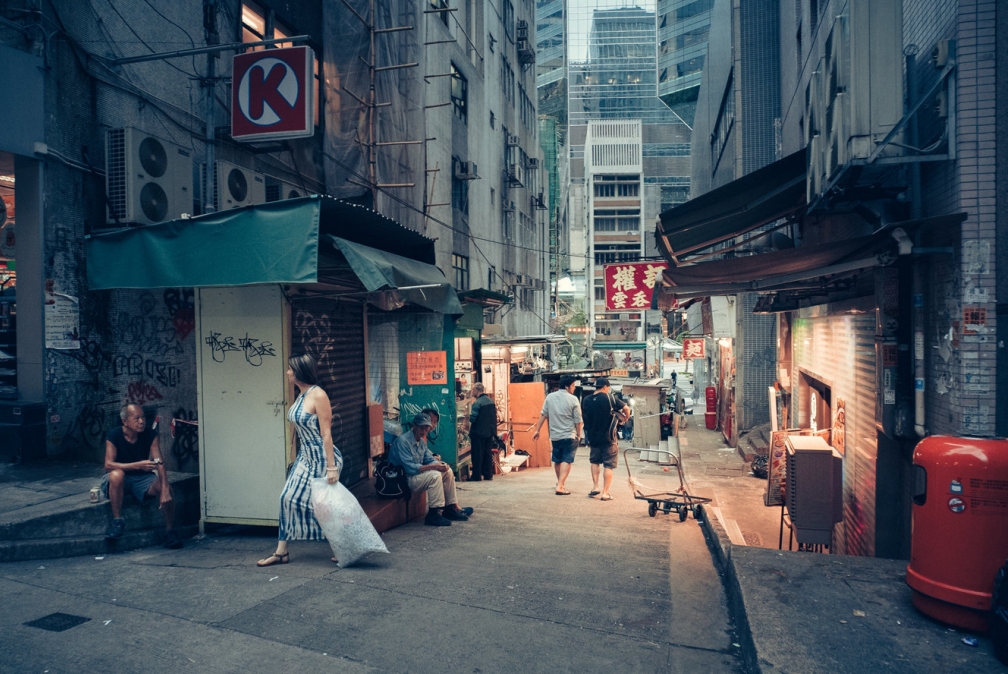
With music being as widely accessible as it is today, especially with the help of technology, there are many DJs playing all over globe - in Asia, Europe and the Middle East. “The scene is so much bigger than 20 years ago,” Joris adds. “There are more parties and that it is a good thing.”
He pauses and ever so slightly and closes his eyes. I see his irises focus, not on something physical, but on his inner thoughts. He finally continues on, saying he's confident that if the locals are exposed to more underground music, it will eventually get as big in Asia as it did in Europe.
“After all,” he adds, “Hong Kong is the future”.
Although the artist does try to play slightly simpler sounds in his Asian sets when compared with what he might play in Europe, it doesn’t influence him at all in terms of music production in an upcoming track or album. Location has little to do with inspiring the music he makes or what he plays.
Although he always tries to “connect with the people and read them” there is not a noticeable difference in the music he plays in London or Japan. He still composes and blasts the tunes that he finds acoustically interesting and appealing. He always plays like Joris Voorn is known to play.
It's agreed that this uniqueness makes up the foundation of a respected and admirable DJ, as his or her personal style in music is indeed influential and is what attracts and stimulates an audience. “There is a lot of bad music but there is also a lot of good music but I have stopped complaining about that," says the artist. "There was always a lot of good and bad music. If you want to be a good DJ just listen to the artists that you like and to their mix tape, and eventually you will start developing your own style."
So he won’t change his own personal style for any reason but there is one layer of creativity in which he can and on this continent especially – photography. Joris has been heavily immersed and involved in photographic art lately especially via his social media accounts, finding them both blessing and a curse to his cause.
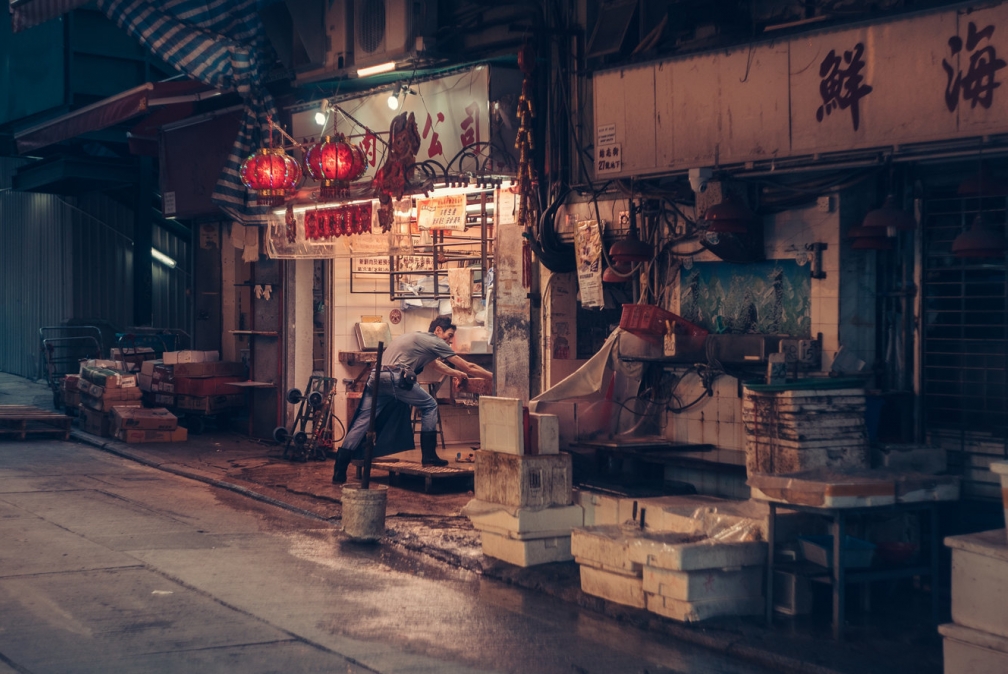
Without thinking a lot about it, he takes a sip of water from his glass and says: “Sometimes [social media] makes nothing into something. It covers the fact that there is no content or identity. You can create an identity that is not really existent. That can be a bit of a problem I think but it also helps because you can re-enforce an already strong identity.”
“And this is what I'm using social media for,” he adds.
With the recent expansion of the online world and the rampant distribution of content that’s come with it, as in with pictures and music, many artists have been taking a punch to the guts after seeing their main source of income disseminated for next to nothing or free. However, as far as peer-to-peer software and downloading music via the web goes, Joris feels that it’s not necessarily a bad thing. “It does share music for free but it also helps in making a name and getting people to know your music or your art”.
For Joris, he sees photography as an expression, an inspiration and a self-made mind-trip. When his eyes peer through his Dog Schidt Optics FF58 lenses, the illustration that comes out is both a literal and a figurative depiction of his travels that illustrate the mentality of locals in different scenes and also his own experiences as a world citizen.
For example, through his photos he is able to depict a slower placed life by showing a person sitting in a small patisserie just by capturing the subject’s body language – a figurative translation – or by showing the interior design of a club that can only be found in Miami, whereas actual translations come from shots that show the difficult process of crossing a congested intersection in Japan.
We come back to discussing his present locale because his lens is often pointed at the unique architectural styles scattered amongst the world’s greatest cities, especially in Hong Kong where he finds it fascinating the way old and new are harmoniously combined here, and how glass monsters are in perfect balance with the old and weather-beaten stone and brick low-in-height residencies. He is amazed every time he is in town how gentrification has leaped forward.
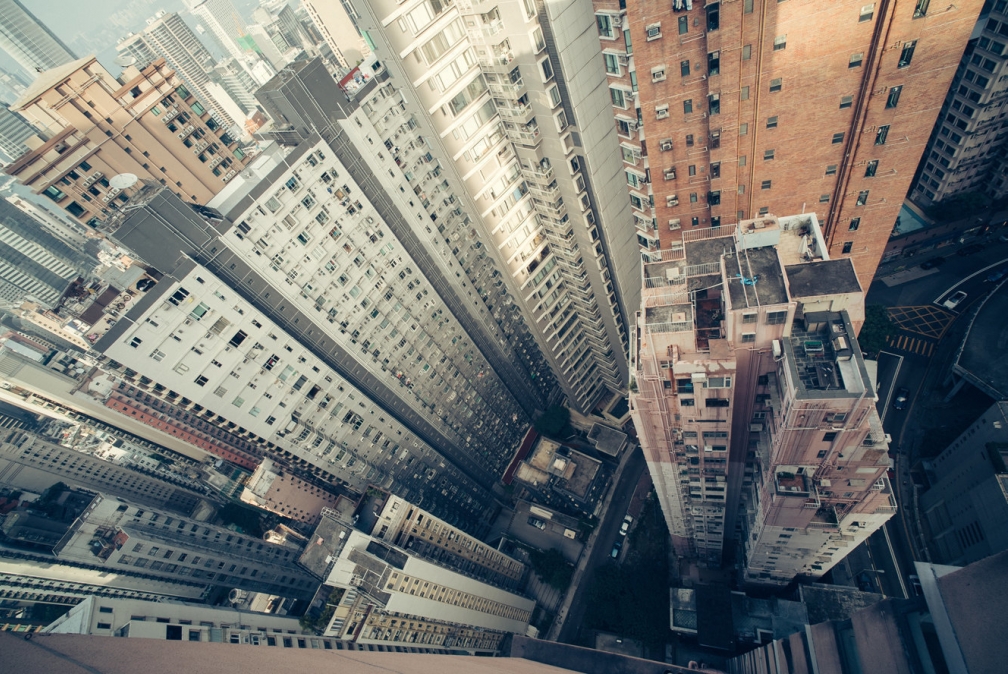
“When I first came here the buildings were narrow and tall, something which you do not get to see in any other part of the world. The only way is up. Everything goes up here. They have this crazy style of building; they use every square meter they have. You see this also in Tokyo. It is interesting to see how people work with the space they have and how they live, how they get creative and innovative. It’s all about square meters here. Or square feet. I’m surprised to see how much these small apartments actually cost to buy.”
In terms of architectural style, he’s massively impressed with Hong Kong’s shining skyline. “Hong Kong has some great Architecture landmarks, especially HSBC’s headquarters or the Bank of China building, but I also like how the houses are looking small and crappy nowadays, they have character. In 10 years most likely every single one of them will be gone. I think the local government should try a little harder to maintain the older buildings and try not to throw away the original Hong Kong character because this is dangerous”.
Through his photography he harvests the power of visual depiction and tries to show his fans and social media followers each city’s unique construction, the style of the local people or also its urban landscapes. He aims to shoot the images typically unseen to people who are not able to travel but for sure in need the exposure in order to expand their mind and perceptions.
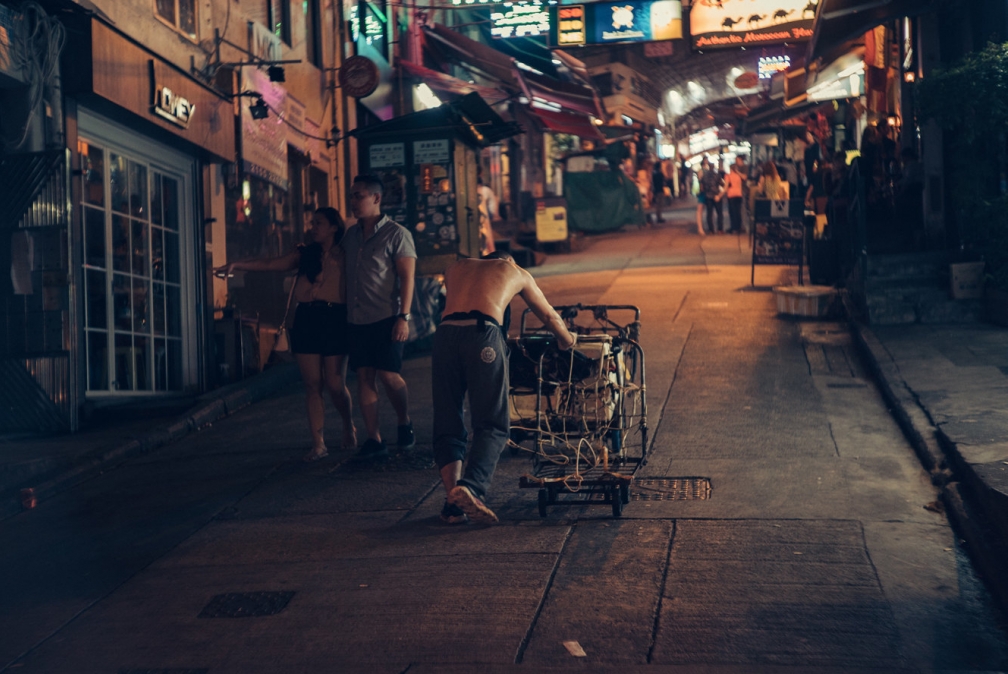
Mixmag has followed Joris from his earliest days, when he went from interior architecture to music production to DJing, and now I ask him if there could ever be a significant turn to photography? He doesn’t confirm this but he does say: “I would like to have something for when my music career fades.”
But since his musical career is nowhere near fading, and it’s likely that his body will tire long before his mind, he’s found a way to combine all his different appetites into one new concept.
Joris begins this last part of the interview introducing Mixmag to the latest concept his brand will pioneer for the electronic music lovers sprinkled around the spinning ball.
He poses a question and asks me, as music lover, how many times I wished I could experience a party or a scene in a different city or culture from my own. To this I respond, everyday. I’m sure you can agree.
Joris feels that in the 21st century, interconnected citizens who have gradually turned into netizens need a party that remains consistent and reputable regardless of where they are in the world. They want brands that guarantees a good time regardless of the backdrop but echoes the experience of another party on the other side of the globe. Not everyone can afford the luxury of travel so for those who can’t jet set to Ibiza for example, with his new concept, Joris will be bring a single experience to all corners of globe.

Executed by Joris himself, his idea harmoniously connects photography with tech-house tunes, innovative vibes and cultured people. Like a symphonic orchestra, a party in every city will be executed in exactly the same way it is in another. It is essentially a single global party.
Although Joris is staying stealth in relation to his new endeavor, he wants to give his fans and party extremists something to look forward to and confirms that as soon as the project is initialized, they will be the first to hear about it and queue up for the tickets – which will for sure bring them back to the instinctive nature of ravers and need to be hunted down.


